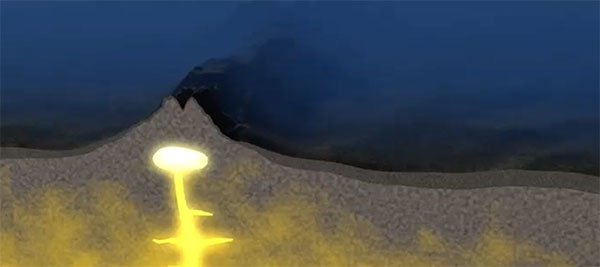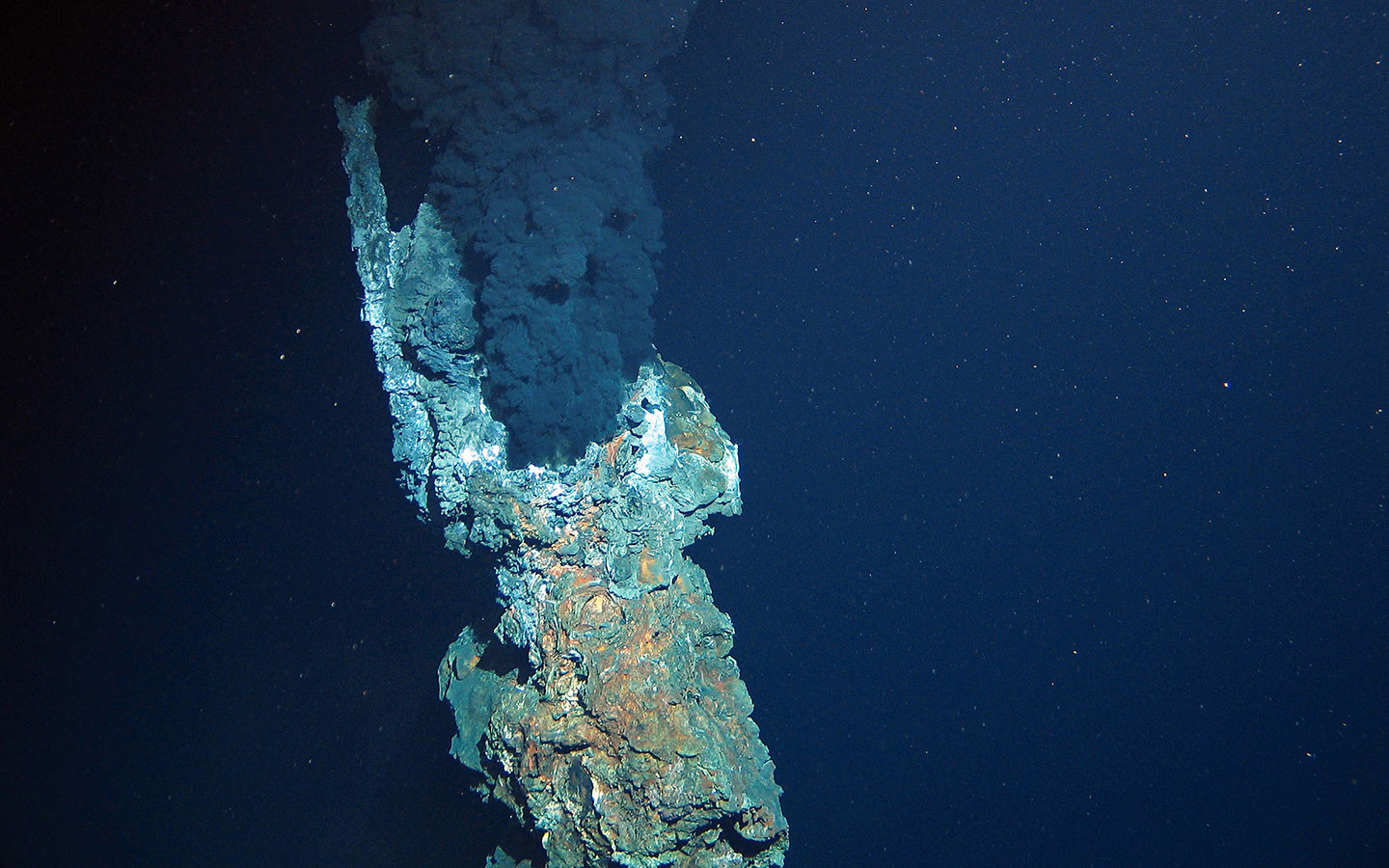
Raw Materials from the Deep Sea
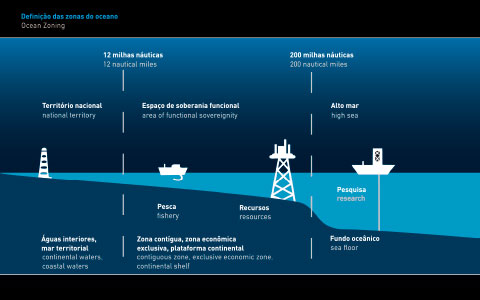
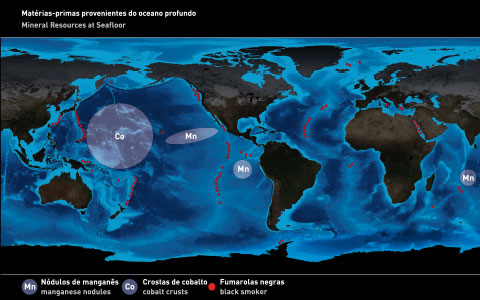
Beyond a depth of 1,000 m, the ocean holds special geologic resources. Considerable effort is necessary to extract these resources, due to the inhospitable conditions: absolute darkness, temperatures of -1.9 to +500 °C and extremely high pressure. International mining companies are pushing for extraction, but is it safe for the environment? Research is needed to provide the answer.
Industrialized nations only started to consider mining manganese nodules in the 70's, nearly a hundred years after their discovery. Then oil exploration started, first in the shallow North Sea, today at depths of more than 2,000 m and in the polar regions. During the 60's, deep sea sludge was discovered in the Red Sea and the 70's brought the discovery of black smokers, both of which are of economic interest due to their mineral content. The newest discovery: gas hydrates, which are found in the ocean floor below a depth of 500 m spread as frozen methane over millions of square miles. Substances from the ocean are exploited for medical and pharmaceutical use.
International Law of the Sea regulates the utilization of the ocean floor and off shore resources. The United Nations Convention on the Law of the Sea has given all coastal countries 200 nautical miles (= 370.4 km) of continental shelf which they can exploit exclusively, the so-called "Exclusive Economic Zone". Any resource claims beyond this zone must be verified by the UN Continental Shelf Commission.
Gas Hydrates
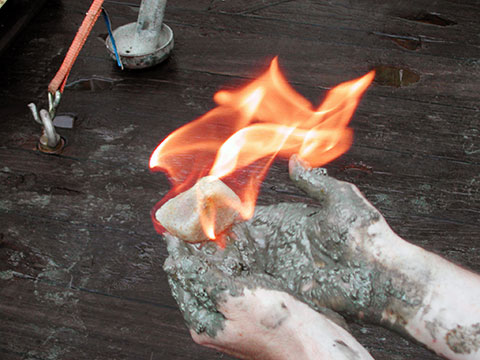
Gas hydrates are ice-like, combustible compounds consisting of water and gas (mostly methane), which occur in large amounts in high-pressure and low-temperature areas in the arctic permafrost regions and on the continental slopes of ocean floors. The pressure-temperature conditions are essential for the formation of gas hydrates, as are sufficient amounts of gas and water. Gas hydrates occur predominantly at water depths below app. 500 m, but in polar regions they can also be found at significantly shallower depths. For the most part, methane forms during the decay of organic matter. The largest concentration of methane by far is found around the continental shelves, because the high plankton production and large amounts of organic materials in the sediment needed for gas formation are present there. Thus, gas hydrates can be found on almost all passive and active continental shelves, as well as in the Caspian Sea, the Black Sea, the Mediterranean Sea and Lake Baikal.
Manganese Nodules, Manganese Crusts
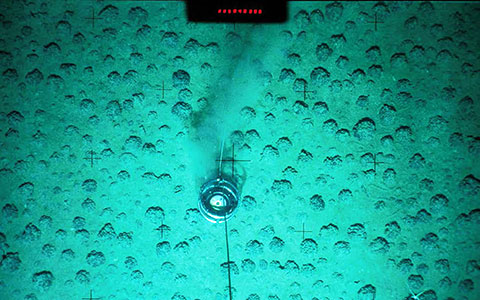
Manganese nodules can be found on the ocean floor worldwide, mostly at depths of 4,000 to 6,000 m, but also in shallow waters such as the Baltic Sea. They are between 2 and 15 cm big, brown-black and relatively light conchoidal structures. As they only grow a few millimeters per million years, the larger nodules are approximately 15 million years old. They mainly consist of manganese and ferrous oxides. Of interest are copper, nickel and cobalt, as well as tellurium, platinum and other rare elements. Initially, however, mining trials were not economically successful. Manganese crusts only appear at the slopes of submarine volcanoes. In the Northwest Pacific, they appear at an economically interesting minimum thickness of 4 cm. Mining techniques are currently being researched. Serious technical difficulties, due to the terrain and the separation of the crust from its substrate (compared to the "collection" of manganese nodules) could be offset by higher trace metal content.
Black Smokers
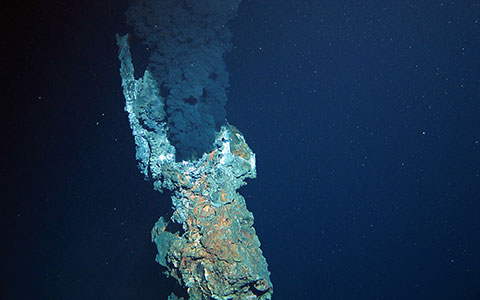
Black Smokers are the most well known type of hydrothermal vents. They develop when sea water permeates into the earth's crust, is heated by a nearby magma chamber and accumulates hydrogen sulfide and metal ions. This modified, acidic water escapes at the sea floor with temperatures of up to 400 °C. Due to the high pressure, the water stays in liquid state and does not evaporate. The metals precipitate when they come into contact with the surrounding cold water and form chimney like structures that resemble industrial chimneys. Scientists are continually finding indications of high concentrations of copper, zinc and gold which are increase in interest as resources for marine mining companies.
